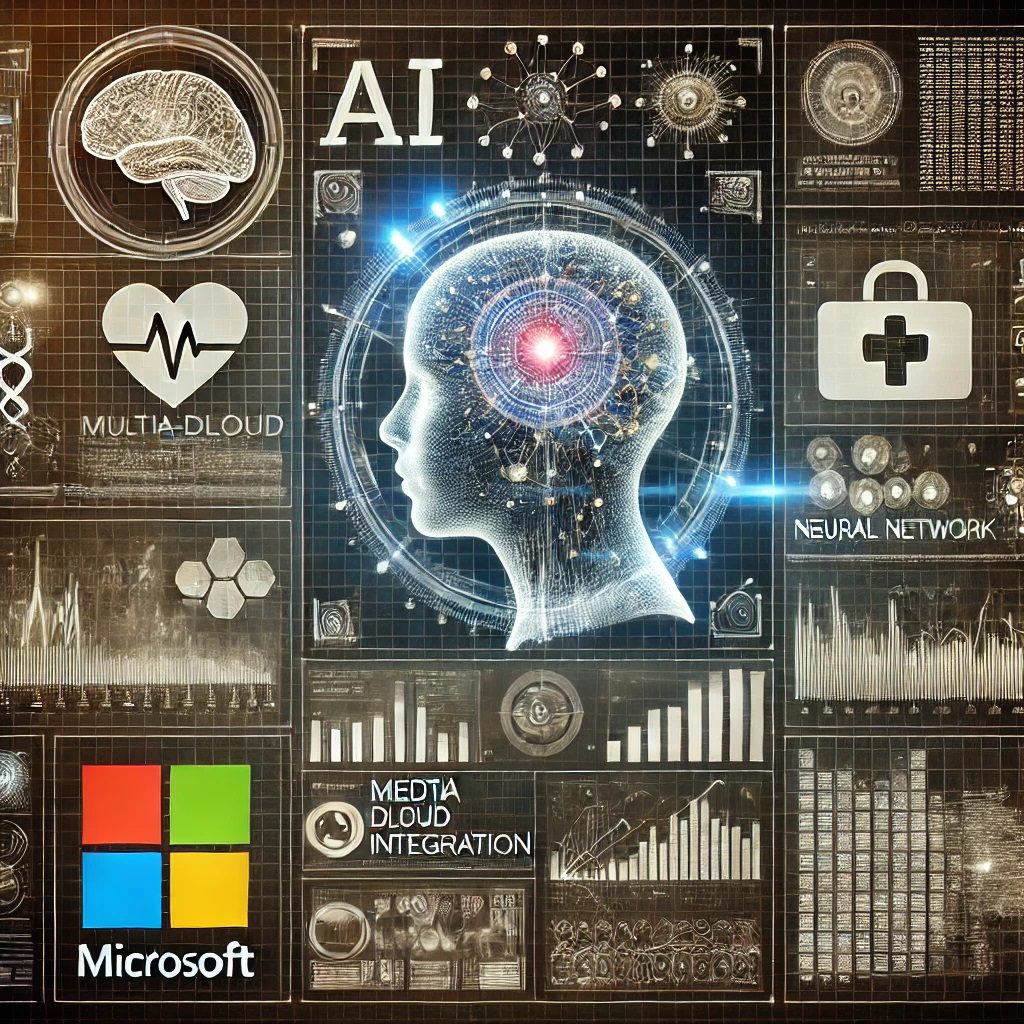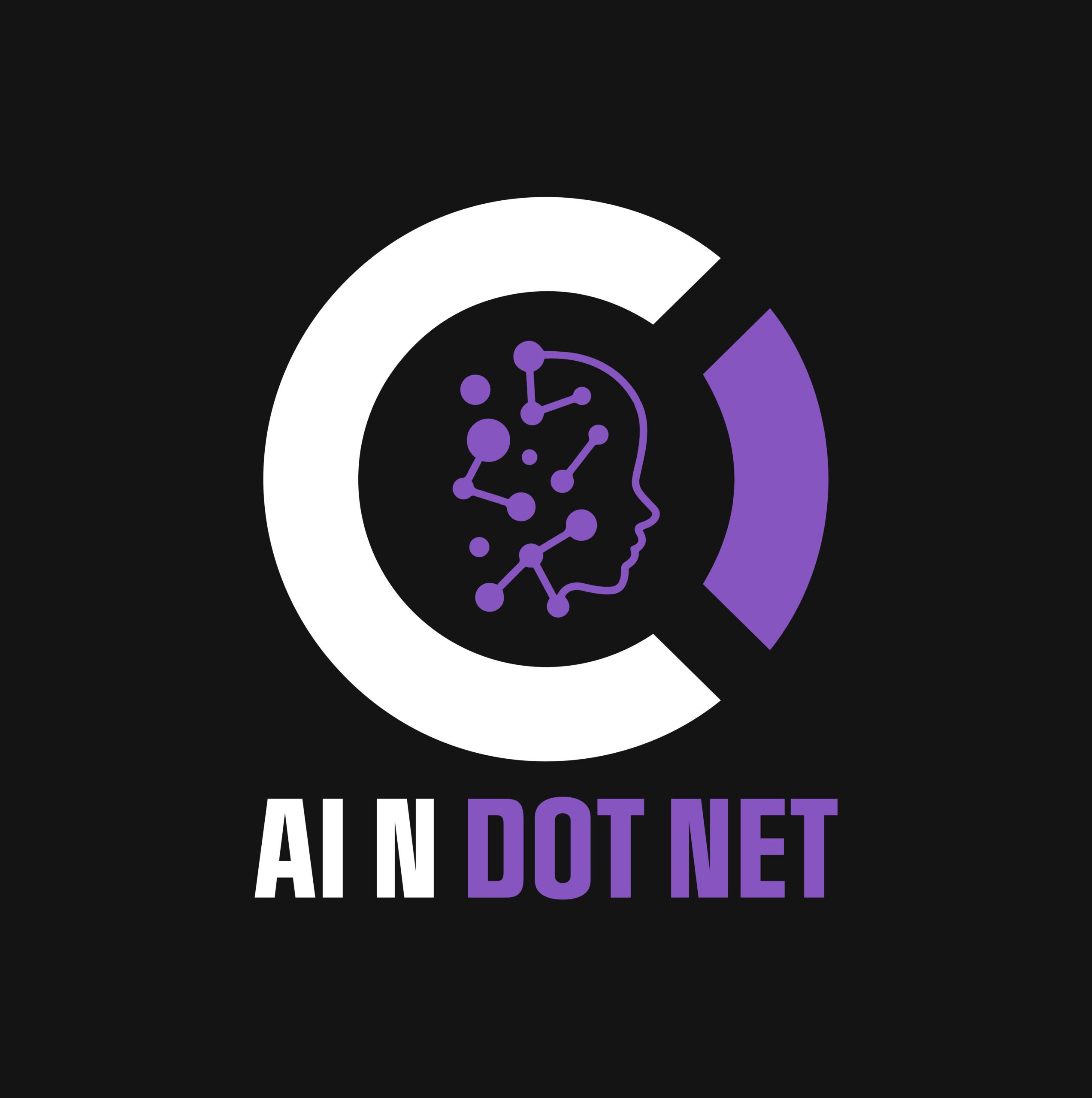Artificial Intelligence is reshaping industries—and healthcare is no exception. Google Research’s breakthrough in healthcare AI demonstrates how advanced algorithms can improve diagnostics, personalize treatments, and enhance patient outcomes. For businesses and government entities that rely on Microsoft’s ecosystem, integrating AI into data-driven applications has never been more critical. Whether you’re working with C#, .NET, VB.NET, or using ML.NET on Azure, the world of enterprise AI integration is within reach.
In this article, we explore how healthcare AI innovations can be seamlessly integrated into your existing .NET applications—even when data is hosted on Google Cloud or AWS. We also provide actionable insights for developers working across multiple cloud platforms.
The Innovation Behind Healthcare AI

Google Research’s healthcare AI initiative illustrates the power of machine learning in healthcare. Key innovations include:
- Advanced Pattern Recognition: Leveraging deep learning to identify subtle patterns in medical images and patient records.
- Predictive Analytics: Delivering personalized treatment plans and enabling early intervention strategies.
- Scalable Cloud Solutions: Utilizing robust cloud infrastructures to process large volumes of healthcare data in real time.
These advancements not only revolutionize healthcare but also provide strategic advantages for enterprise applications.
Why .NET Developers Should Embrace Healthcare AI
For organizations heavily invested in Microsoft technologies, integrating AI may seem challenging—especially when data resides in Google Cloud or AWS. However, modern .NET development offers flexible, cross-platform solutions. Here are several reasons why .NET developers should consider incorporating healthcare AI into their applications:
- Hybrid Cloud Flexibility: Many enterprises operate in multi-cloud environments. You can integrate advanced AI models without migrating all your data to Azure.
- Seamless API Integration: RESTful APIs from Google, AWS, and Azure make it easy to add AI functionalities to your existing .NET applications.
- Tool Versatility: Leverage the power of ML.NET alongside Google’s and AWS’s AI services to build intelligent, data-driven applications.
Integrating Google AI Services with .NET
When your data is hosted on Google Cloud, consider these integration approaches:
- Google Cloud APIs: Use REST APIs or client libraries to access powerful AI services such as Vision AI, Natural Language Processing, and AutoML. This allows you to integrate advanced image and text analysis directly into your .NET application.
- Vertex AI: Google’s Vertex AI offers a unified platform for building, deploying, and managing machine learning models. By invoking Vertex AI endpoints from your .NET application, you can seamlessly incorporate state-of-the-art healthcare AI.
- Third-Party SDKs: Community-driven SDKs can further simplify integration, reducing development time and accelerating deployment.
Integrating AWS AI Services with .NET

For projects where your data resides on AWS, these approaches are recommended:
- AWS SDK for .NET: Amazon’s SDK provides a direct integration path to AI services like Amazon Rekognition (for image analysis), Amazon Comprehend (for natural language processing), and Amazon Polly (for text-to-speech). These tools empower you to build robust healthcare AI applications.
- Amazon SageMaker: Utilize SageMaker to build, train, and deploy ML models at scale. With real-time prediction endpoints, you can integrate powerful AI functionalities into your .NET applications.
Best Practices for Cross-Platform AI Integration
To ensure success when integrating healthcare AI into your .NET applications, follow these best practices:
- Data Preparation: Ensure that your data is clean, well-labeled, and representative of real-world scenarios. Quality data leads to more accurate AI models.
- Security & Compliance: Adhere to industry standards and regulatory requirements, such as HIPAA for healthcare data, to maintain security and compliance.
- Performance Optimization: Optimize your AI models and infrastructure using caching, asynchronous calls, and load balancing to manage the additional overhead.
- Continuous Learning: Set up pipelines for model retraining with new data to keep your AI solutions current and effective.
- Write your code in .NET libraries (projects, DLLs): if you write your code in libraries (projects, DLLs) then your code is modular. You can write one library with calls to Azure AI, another library with calls to Google AI, and a third library with calls to AWS AI. Have an interface for these libraries to require all three libraries provide the same functionality
Conclusion
Healthcare AI is transforming the way industries approach diagnostics, treatment, and patient care. For .NET developers working within Microsoft ecosystems, integrating AI through services on Google Cloud, AWS, or Azure provides a strategic edge. By leveraging cross-platform AI integration techniques and adhering to best practices, businesses and government entities can enhance their data-driven applications, drive operational efficiency, and achieve measurable outcomes.
Embrace the future of healthcare AI and empower your .NET applications with the latest in machine learning technology. Happy coding, and may your journey into enterprise AI be both innovative and transformative!
Want to stay ahead in applied AI?
📑 Access Free AI Resources:
- Download our free AI whitepapers to explore cutting-edge AI applications in business.
- Check out our AI infographics for quick, digestible AI insights.
- 📖 Explore our books on AI and .NET to dive deeper into AI-driven development.
References
https://blog.google/technology/health/google-research-healthcare-ai
Disclaimer
We are fully aware that these images contain misspelled words and inaccuracies. This is intentional.
These images were generated using AI, and we’ve included them as a reminder to always verify AI-generated content. Generative AI tools—whether for images, text, or code—are powerful but not perfect. They often produce incorrect details, including factual errors, hallucinated information, and spelling mistakes.
Our goal is to demonstrate that AI is a tool, not a substitute for critical thinking. Whether you’re using AI for research, content creation, or business applications, it’s crucial to review, refine, and fact-check everything before accepting it as accurate.
Lesson: Always double-check AI-generated

